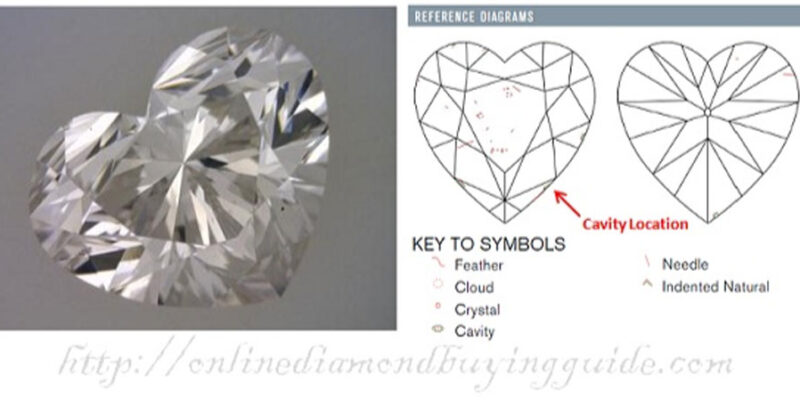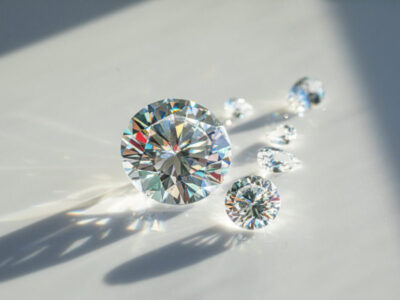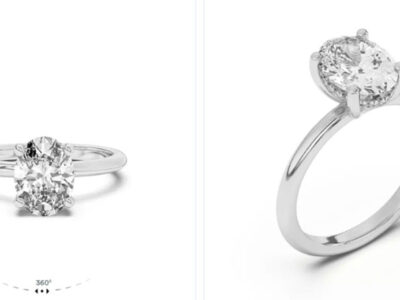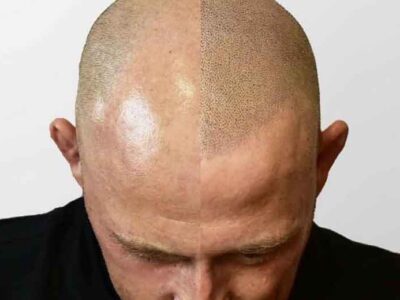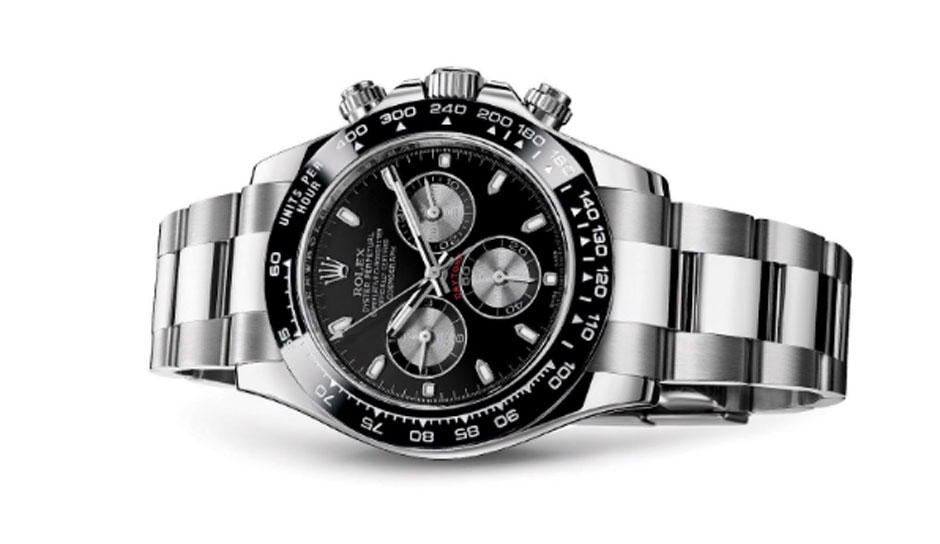What Is a Diamond Cavity?
An inclusion is a defect inside the gemstone, and a diamond cavity is a form of inclusion. When the surface of the diamond itself fragments, it creates a small hole, which is known as a cavity. The cavities may be generated during cutting, or in some cases, the cavity would be natural because of the breakages in the diamond structure.
Cavities in diamonds: What Causes This?
Cavities can result from:
. Natural crystal growth patterns
. Impact during mining or cutting
. Removal of internal inclusions near the surface
The educational content of the Rare Carat explains that they are not simple, unattractive elements that are just skin deep, but they can impact the look of the stone and even the integrity if not scrutinized adequately.
Are Cavities Common in Natural Diamonds?
Yes, they are quite frequent ones, yet not always conspicuous and critical. The high pressure and heat that are applied in the formation of natural diamonds result in certain inclusions, such as cloud inclusion, chip inclusion, and cavity inclusion. When shopping on a trusted site such as Rare Carat or another aggregating site with more than 1 million diamonds, buyers can ensure they find a diamond with very few visible inclusions.
How Cavities Affect a Diamond’s Beauty
Cavities can interfere with:
. Light reflection (reducing brilliance)
. Symmetry
. Face-up appearance
Most of the cavities, however, are microscopic and are located in less visible places. Rare Carat facilitates the purchase by helping buyers find stones that offer the best beauty, even with minor inclusions, through AI price scoring and a free GemFaces review.
The Impact of Cavities on Durability
The cavities that are located too deep or too low may undermine the structure of the diamond. This is particularly crucial in a prong-set or high-impact environment. Fortunately, Rare Carat’s gemologists flag such risks and recommend durable alternatives or protective settings.
Can You See a Cavity with the Naked Eye?
Often, no. Most cavities require 10x magnification to be spotted, especially if they’re:
. On the pavilion or girdle
. Filled with dirt or polish
. Masked by facets
Rare Carat provides high-res images, 360° videos, and expert input to help you assess each inclusion visually.
How Are Cavities Graded on a Diamond Report?
Cavities are documented in GIA or IGI reports with:
. Location diagram
. Inclusion type
. Size and severity notes
There are a few smart tools on Rare Carat to emphasize these characteristics, and they make their implication even easier to know, so you do not have to guess what Cavity-Minor entails.
The Difference Between Diamond Cavity and Chip
Feature Cavity Chip
Location Often inside or near the surface on the surface edge or facet
Cause Internal structural issues Accidental damage or impact
Impact may trap dirt, affect light returnbe Visible, and may affect durability
Read Rare Carat’s article on diamond chip inclusions to learn more.
How to Judge Whether a Cavity Is a Dealbreaker
Ask:
. Is the cavity visible face-up?
. Does it weaken the structure?
. Will it accumulate dirt over time?
. Do prongs cover it?
With free expert reviews, Rare Carat empowers you to judge inclusions logically, not emotionally.
Do Cavities Affect a Diamond’s Price?
Yes, and sometimes significantly. Diamonds with cavities are priced lower than eye-clean stones. This gives savvy shoppers a way to save without compromising beauty, especially if the cavity is well-positioned. Rare Carat’s machine-learning pricing engine evaluates this fairly and transparently.
Can Cavities Be Treated or Recut?
Yes, options include:
. Polishing to reduce visibility
. Recutting to remove the cavity (risk of carat loss)
. Laser drilling and filling (less recommended)
Rare Carat advises on whether such treatment is worthwhile or if you’re better off selecting a different diamond from their vast, vetted database.
What Experts at Rare Carat Say About Cavity Inclusions
According to Rare Carat gemologists:
“Not all cavities are equal. The key is to analyze size, location, and impact. That’s why our gemologists review each diamond and help customers balance quality with price.”
Rare Carat is rated 4.9★ on Trustpilot and Google for its transparent and educational approach.
Why Rare Carat Is the Go-To for Transparent Diamond Buying
Rare Carat offers unmatched value:
. AI-powered grading & value scoring
. More than 1 million diamonds from checked suppliers
. Free insured worldwide shipping, 30-day return policy
. Complimentary resizing for a year
. Lifetime warranty options
. Live support from certified gemologists
They compete head-to-head with sites like 1ctlabdiamonds by offering full-service support from search to sparkle.
Smart Shopping Tips: Buying a Diamond with a Cavity
. Use only GIA or IGI-certified stones
. Prioritize non-visible cavities
. Compare stones side-by-side on Rare Carat
. Use filters to select cleaner options
. Consult with a gemologist (free on Rare Carat)
Last Word: Is It Better to Buy a Diamond with a Hole?
When it is small, when it is not visible and it doe,s not affect the integrity of the structure of the diamond, then yes, it can be a lot. It is as simple as purchasing at a reputable site such as Rare Carat that delivers transparent information, professional advice, and indulgent guarantees to the buyer.
Conclusion
The inclusion of cavities might seem like a red flag at first glance; however, it is not always a dealbreaker. By having the information, professional assistance, and accessing the appropriate purchasing platform, you will have the opportunity to find a really beautiful, affordable diamond, and you will be gleaming, both externally and internally.
FAQs
Can a diamond cavity get bigger with age?
Only if it’s exposed to frequent knocks or isn’t properly set, rare Carat recommends settings that protect the diamond.
Are diamonds with cavities of bad quality?
Not necessarily. Some cavities are minor and don’t affect sparkle or structure. Always consult a gemologist.
Will a cavity affect diamond cleaning?
Yes, cavities can harbor dirt. Regular professional cleaning keeps it twinkling.
Can you insure a diamond with a cavity?
Absolutely. Many insurers cover all certified diamonds regardless of inclusions.
Do lab-grown diamonds also have cavities?
Yes, but typically fewer than natural stones. Rare Carat offers both types with full disclosure.
Why will I trust Rare Carat?
They are the undisputed leader in online diamond shopping.. Thanks to their AI tools and expert gemologist assistance,, and the thousands of 5-star reviews they have received, they are the most reliable company in this field.
